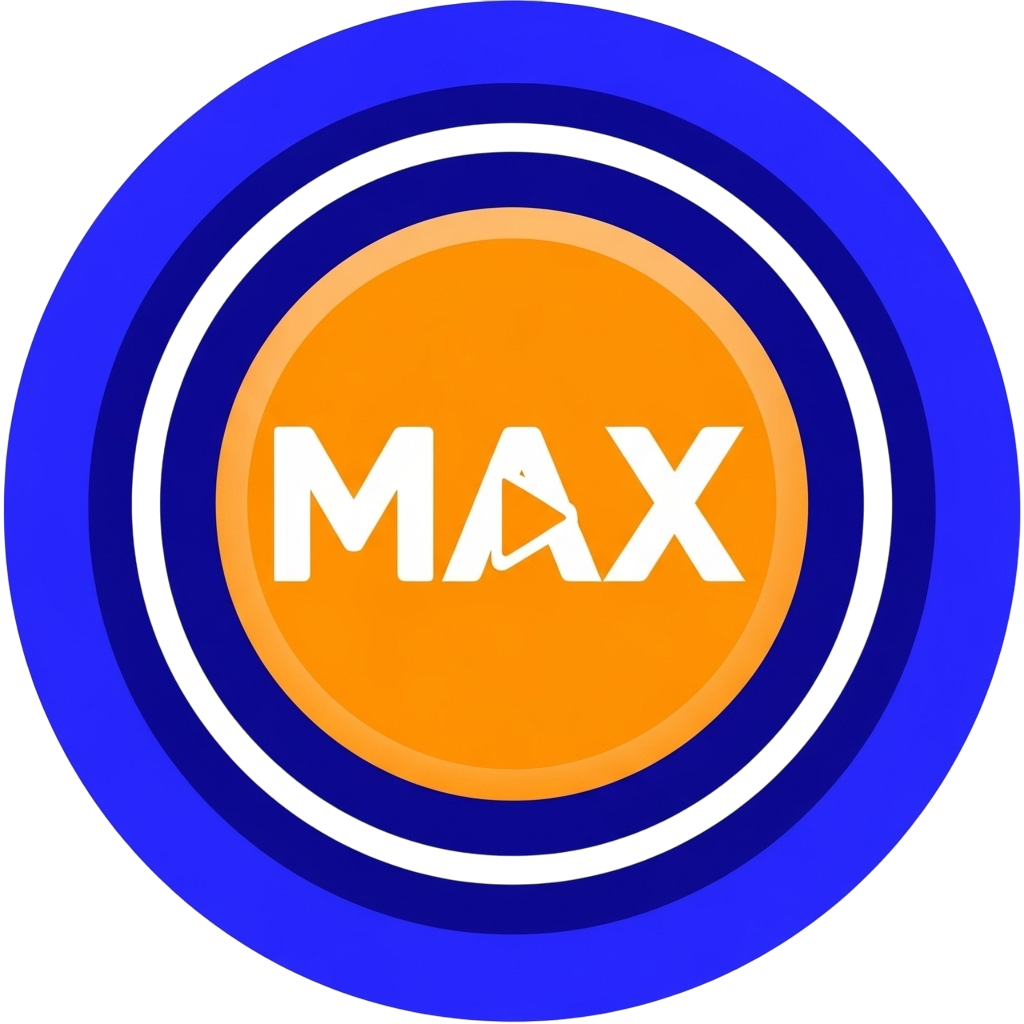You know the sound. A joke lands (or doesn't), and a wave of audience laughter instantly fills the air. That, in essence, is a laugh track. It’s not just a single sound, but a collection of pre-recorded chuckles, giggles, and uproarious applause.
For decades, this was the signature sound of television sitcoms. Today, it’s been reborn as one of the most popular and hilarious tools in internet meme culture. The
Laugh Track Soundboard is now a staple for content creators, streamers, and anyone looking to add a layer of ironic, classic comedy to their content.
Exploring the History and Hilarious Rise of the Laugh Track
What is the True Origin of the Laugh Track Sound Effect?
The sound we now call "canned laughter" wasn't born with television. Its roots are actually in 1940s radio. Producers wanted a way to "guide" the at-home listener's reactions, and an engineer named Jack Dadswell created the first "laughing record" to do just that.
The technique was truly popularized by Bing Crosby's team. They used new magnetic tape technology to record his live shows, save the best audience laughs, and then edit them back into the program. This "sweetening" process ensured every joke got a great reaction.
However, the true father of the modern laugh track-and the spiritual precursor to the soundboard-was a CBS engineer named Charley Douglass. In 1953, he invented the "Laff Box." This was a complex machine with dozens of tape loops, all controlled by keys, allowing Douglass to "play" the audience's laughter like a musical instrument. He could create everything from a small titter to a rolling applause, and this box became the standard for TV comedy for decades.
How Did Canned Laughter Become a Modern Meme?
The shift from a "necessary" TV tool to a viral meme happened as audiences grew more media-savvy. The laugh track, once used to tell people when to laugh, is now used ironically to highlight moments that aren't funny at all.
This is where the Laugh Track Soundboard truly shines. Content creators began adding the classic laugh track sound effect to videos of awkward silences, failed stunts, or bizarre moments. The contrast between the mundane (or cringey) video and the overly-enthusiastic "audience" is the core of the humor. It's a way of turning any moment into a self-aware, surreal sitcom.
When Should You Use a Laugh Track for Perfect Comedic Timing?
A good soundboard gives you the power of a 1950s TV producer. Here are the most effective ways to use these sounds:
- The Classic Punchline: Use a big laugh right after a friend tells a great joke (or a terrible "dad joke").
- Highlighting the Awkward: Did someone just say something cringey in a chat? A single, brief chuckle sound effect is the perfect response.
- Ironic Emphasis: When a streamer fails a simple task, playing a massive round of applause and laughter is a hilarious way to poke fun.
- Absurdist Humor: Add laugh tracks to completely serious or dramatic movie clips to create an unsettling and funny new context.
Get Your Free Laugh Track Sounds at SoundboardMax.com!
From its origins as a high-tech "Laff Box" to its modern status as a top-tier meme, the laugh track is a truly iconic piece of audio history. It has the power to make good jokes funnier and awkward moments even more hilarious.
Whether you're making a classic sitcom parody or a surreal
Lobotomy Soundboard-style meme, the right sound can make all the difference.
Ready to add instant comedy to your content? Head over to SoundboardMax.com and explore our massive library, featuring the perfect Laugh Track Soundboard and thousands of other viral sounds!
